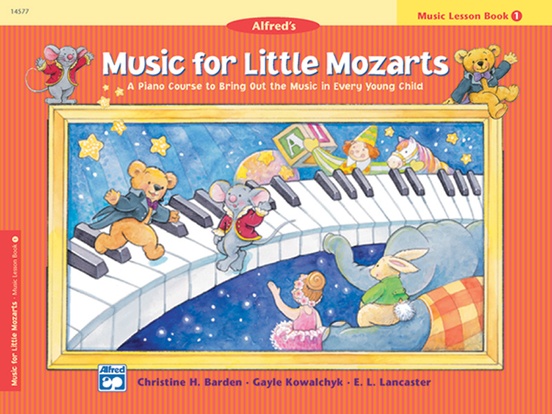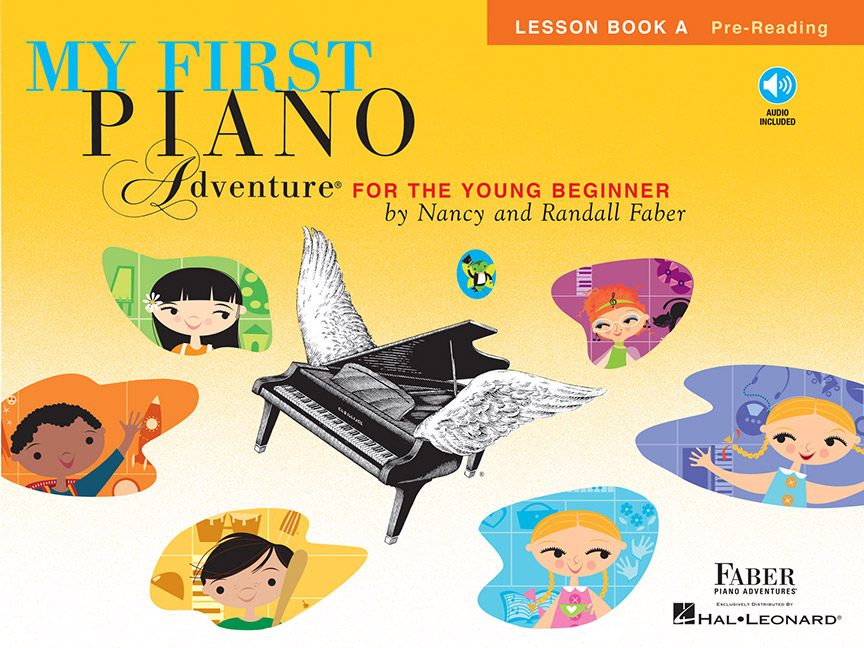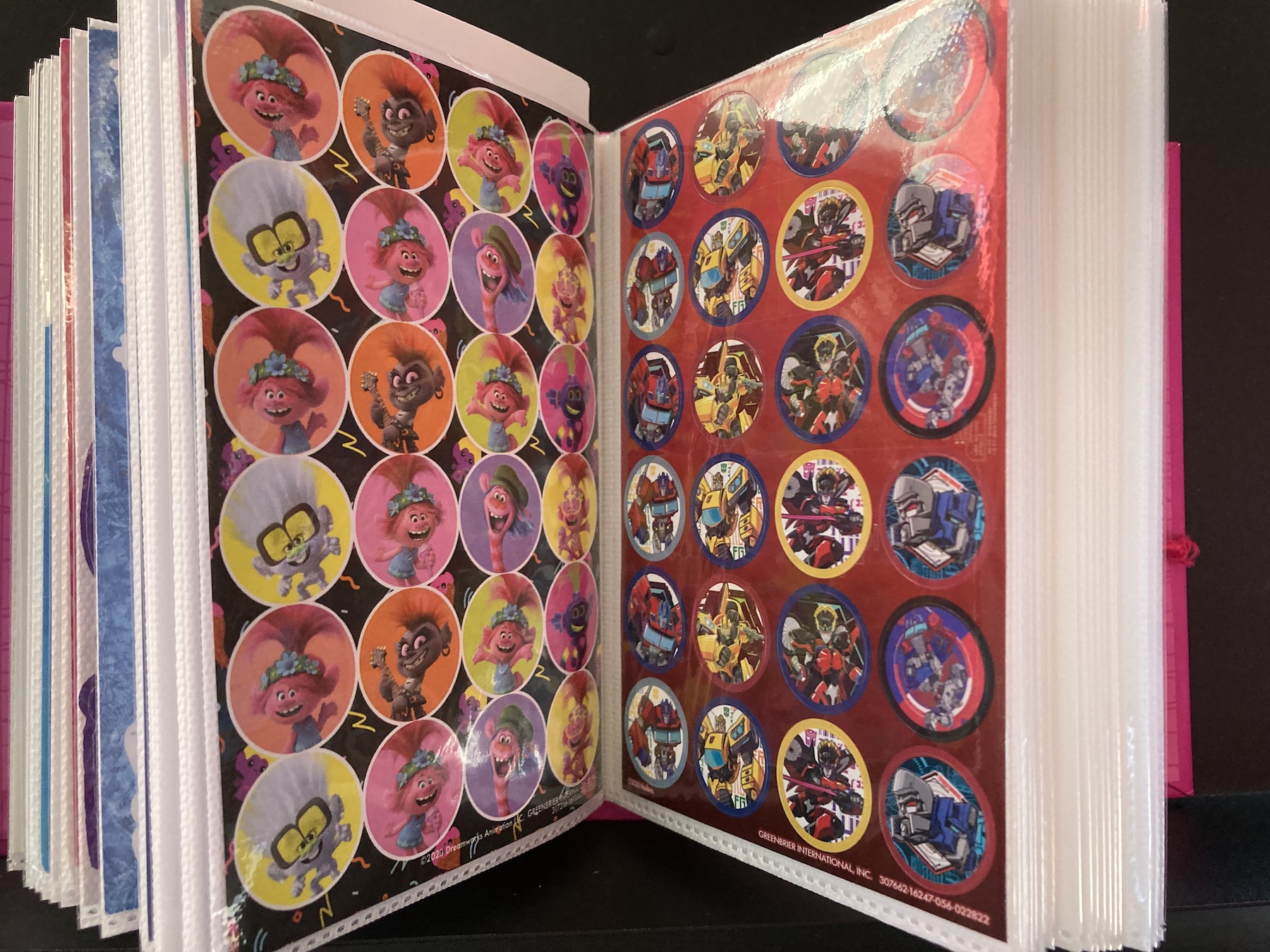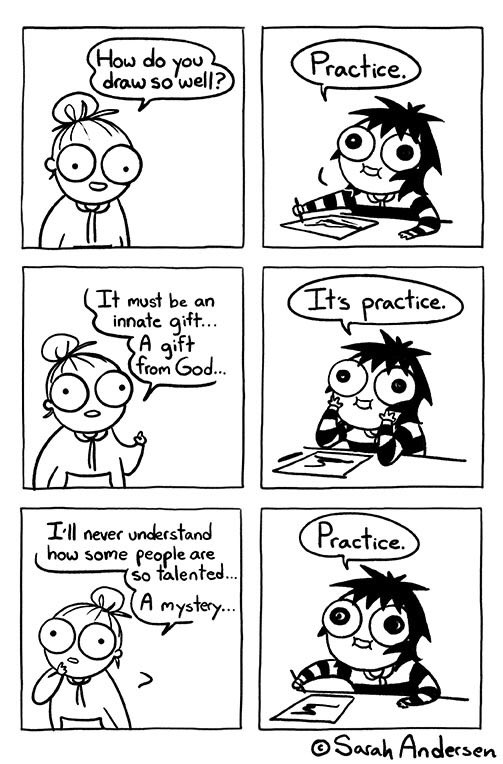🃏Lesson Hacks: Label Your Flashcards for Quick Sorting
Alfred's Complete Color Coded Flash Cards and Piano Adventures Correlation Chart
Key
Primer
Level 1
Level 2A
Level 2B
Level 3A
Level 3B
Level 4
Level 5
Symbol | Card | Faber |
Canary | ||
Treble Clef Sign | 1 | 4 |
Bass Clef Sign | 2 | 4 |
Bass Clef: | ||
Low C | 3 | 1 |
Low D | 4 | 5 |
Low E | 5 | 5 |
Low F | 6 | 5 |
Low G | 7 | 10 |
A | 8 | 10 |
B | 9 | 10 |
C | 10 | 8 |
D | 11 | 8 |
E | 12 | 8 |
F | 13 | 5 |
G | 14 | 6 |
A | 15 | 6 |
B | 16 | 6 |
Middle C | 17 | 4 |
D | 18 | 6 |
E | 19 | 6 |
Treble Clef: | ||
A | 20 | 6 |
B | 21 | 1 |
Middle C | 22 | 4 |
D | 23 | 5 |
E | 24 | 5 |
F | 25 | 5 |
G | 26 | 4 |
A | 27 | 1 |
B | 28 | 1 |
C | 29 | 2 |
D | 30 | 3 |
E | 31 | 2 |
High F | 32 | 3 |
High G | 33 | 3 |
High A | 34 | 5 |
High B | 35 | 5 |
High C | 36 | 1 |
Pink | ||
Single Eighth Note | 37 | 3 |
Eighth Notes | 38 | 1 |
Quarter Note | 39 | 2 |
Dotted Quarter Note | 40 | 8 |
Half Note | 41 | 2 |
Dotted Half Note | 42 | 3 |
Whole Note | 43 | 2 |
Eighth Rest | 44 | 7 |
Quarter Rest | 45 | 10 |
Half Rest | 46 | 5 |
Whole Rest | 47 | 5 |
2/4 Time Signature | 48 | 2 |
3/4 Time Signature | 49 | 6 |
4/4 Time Signature | 50 | 5 |
White | ||
Adagio | 51 | 7 |
Andante | 52 | 7 |
Moderato | 53 | 7 |
Allegro | 54 | 7 |
Ritardando | 55 | 9 |
A tempo | 56 | 2 |
Pianissimo | 57 | 9 |
Piano | 58 | 2 |
Mezzo Piano | 59 | 2 |
Mezzo Forte | 60 | 3 |
Forte | 61 | 2 |
Fortissimo | 62 | 3 |
Crescendo | 63 | 2 |
Diminuendo | 64 | 2 |
Accent | 65 | 10 |
Green | ||
Sharp Sign | 66 | 6 |
Flat Sign | 67 | 6 |
Natural Sign | 68 | 1 |
Fermata | 69 | 4 |
Pedal Sign | 70 | 1 |
8va | 71 | 4 |
Staccato Note | 72 | 1 |
Slur | 73 | 1 |
Tied Notes | 74 | 9 |
Repeat Sign | 75 | 2 |
Repeat Signs | 76 | 5 |
D.C. al Fine | 77 | 4 |
Blue | ||
Melodic & Harmonic Intervals: | ||
2nd | 78 | 5 |
3rd | 79 | 7 |
4th | 80 | 4 |
5th | 81 | 4 |
6th | 82 | 3 |
7th | 83 | 3 |
Octave | 84 | 8 |
Key Signature: | ||
C Major or A Minor | 85 | 4 |
G Major or E Minor | 86 | 5 |
D Major or B Minor | 87 | 5 |
F Major or D Minor | 88 | 10 |
B-flat major or G Minor | 89 | Level 5 |



















